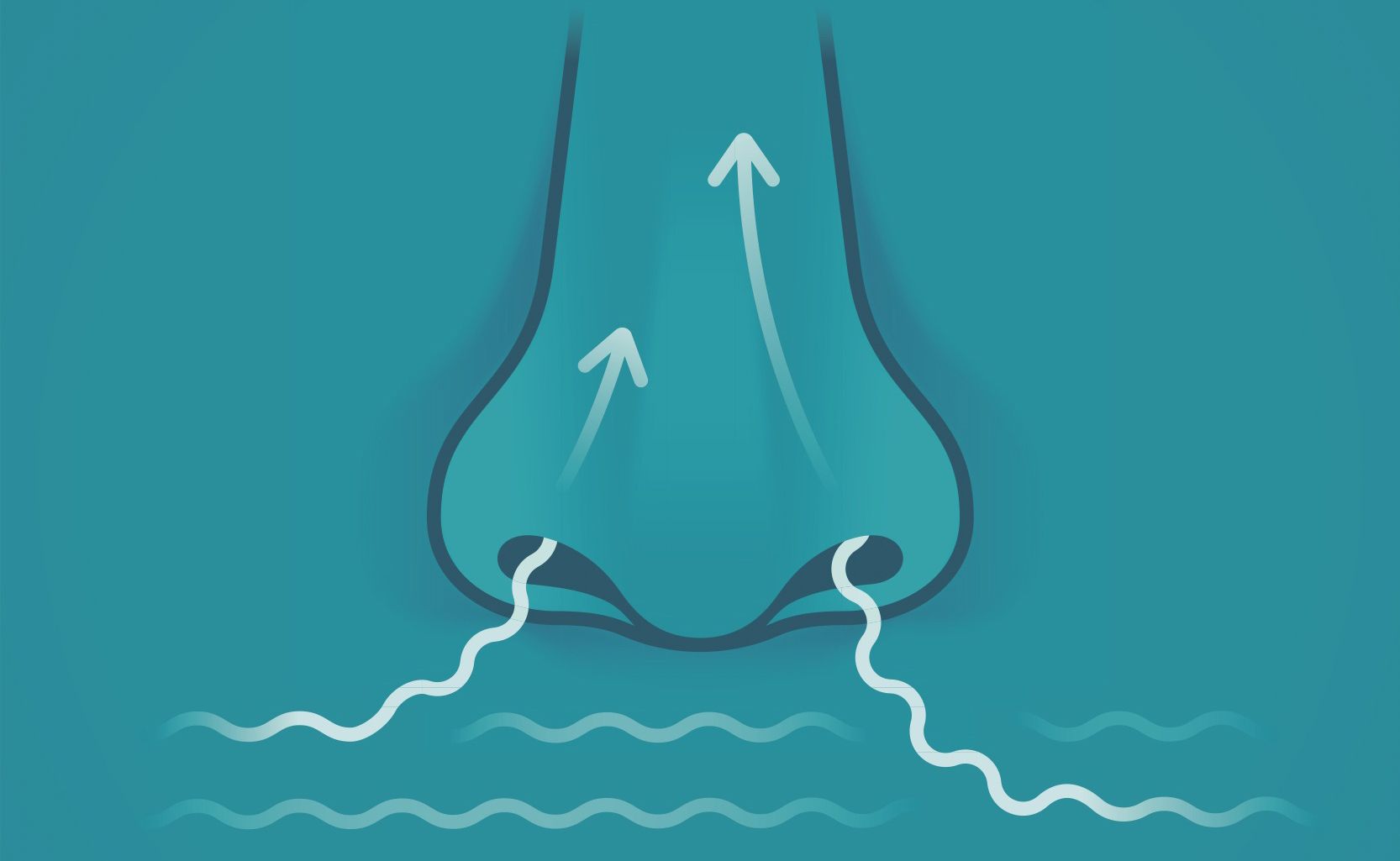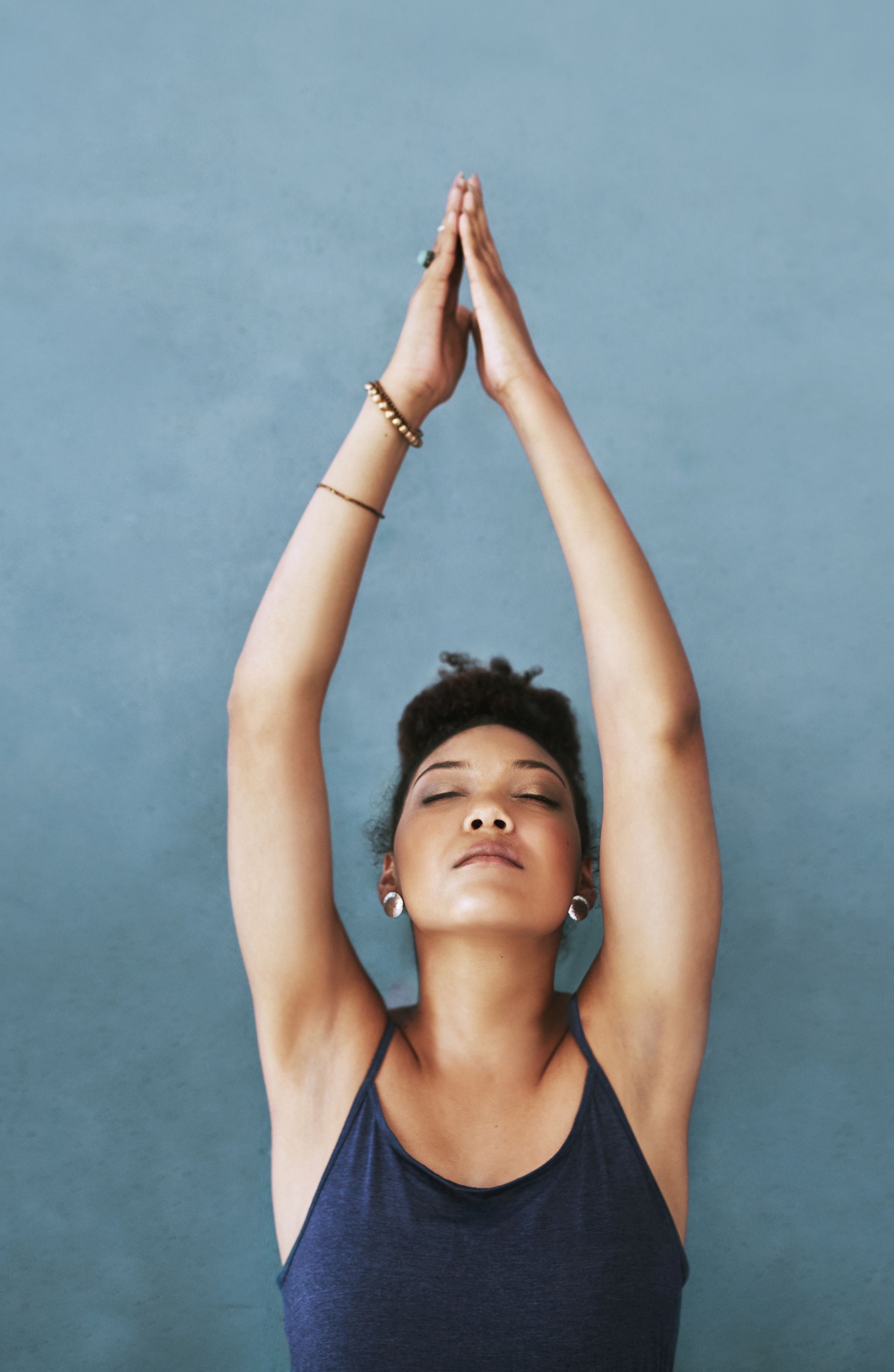This Breathing Exercise Will Help You Keep Calm and Carry On
Necessary reading for that non-stop year's end hustle.

Thanks to this recent election cycle, there's no shortage of upsetting daily news items—coupled with end-of-year deadlines, pending travel plans, oh, and that December expense report—that have the potential to overwhelm a perfectly productive work day. Editor's note: I'm feeling anxious just cataloguing all of these things.
This familiar swirl of emotions and fear is exactly how my brain (and yours) computes stress. Dr. Tina Chadda—the Toronto-based psychiatrist, psychologist, and physician behind the meditation app Akasha—explains that there are two primary areas of the brain that become agitated or hyperactive when you're experiencing high levels of stress or anxiety. Specifically, these are the amygdala—the part of the brain which triggers the flight-or-flight complex—and the paralimbic system associated with our emotions.
Both of these areas of the brain, Chadda says, become hyperactive when you're stressed, which is where exactly deep breathing comes in.
Below, she explains how deep breathing actually helps the brain relax and walks us through an exercise for how to focus on deep breathing anywhere you're feeling stressed—at home, at the office, and even when you're in the bathroom on a first date.
Why Deep Breathing?

According to Dr. Chadda, there are multiple reasons why we should look to deep breathing and meditation for greater overall well-being. Yogis, buddhists, scientists, and doctors have all touted mindfulness meditation as a superb way to deal with stress, chronic pain, mental illness, and addiction, for starters.
"Your overall quality of thinking—all the anxiety and chatter—settles down, which helps you deal with negative thoughts. Depending on your philosophy you also don't get so caught up anymore in anxious and depressive thoughts." She describes this sense of distance from negative thoughts as your body taking on an out-of-body witness role, "where you're not hijacked by your emotions."
"Your overall quality of thinking—all the anxiety and chatter—settles down, which helps you deal with negative thoughts."
And the popularity of meditation apps and websites like Headspace is only drawing more attention to the long-term benefits: "We have lots of scientific studies that show us that when we do deep breathing, breathing exercises, relaxation therapy, or mindful breathing, we create changes in key areas of the brain, " she says.
Get exclusive access to fashion and beauty trends, hot-off-the-press celebrity news, and more.
What's happening is that the amygdala is changing over time, she explains, pointing out recent studies which have shown that even half an hour of daily mindful breathing for two months appears to shrink the amygdala. "That's permanent. It doesn't go away."
How to Breathe

But sometimes people aren't so clear on what yogis and doctors mean by deep breathing and how they should breathe—from the nose? From the diaphragm? Through the belly? "A really simple rule of thumb is to feel the air going through your nostrils when you breathe," Chadda says. "If you breathe just a little more deeply and forcefully, you can feel the movement of air just above your upper lip—this means you're breathing in a meditative or mindful way." One way she recommends registering the airflow is to hold your index finger below your upper lip.
And in case you're wondering why deep breathing works in the first place, Chadda explains that the septum which divides the nose between the right and left nostril is often asymmetrical; as a result, we don't get equal airflow to both parts of the brain. Breathing a little more forcefully, she says, helps compensate for this by regulating airflow to both hemispheres of the brain.
Outbreath Heart Meditation

1. Stand tall and be aware of your body. Be aware of the contact of your feet on the ground. Now, simply be aware of your breath. Be aware of your in-breath and your out-breath. Try to be as relaxed as possible. Now, notice that your out-breath is actually a movement of relaxation. It provides an opportunity to stabilize. As you breathe out, you are creating a space inside of you. If you're meditating outside and it's cold enough, you will literally be able to see your out-breath—watch it!
2. As you breathe out, you're creating a space where tensions loosen up, like a knot coming loose or undone. You can use it to ease bodily tensions or to pose questions to yourself such as "Why am I here?" or "What does this mean?"
3. Simply stay with this for a few minutes. It's a simple and effective and an easy way to maintain and build well-being."
Follow Marie Claire on Facebook for the latest celeb news, beauty tips, fascinating reads, livestream video, and more.
